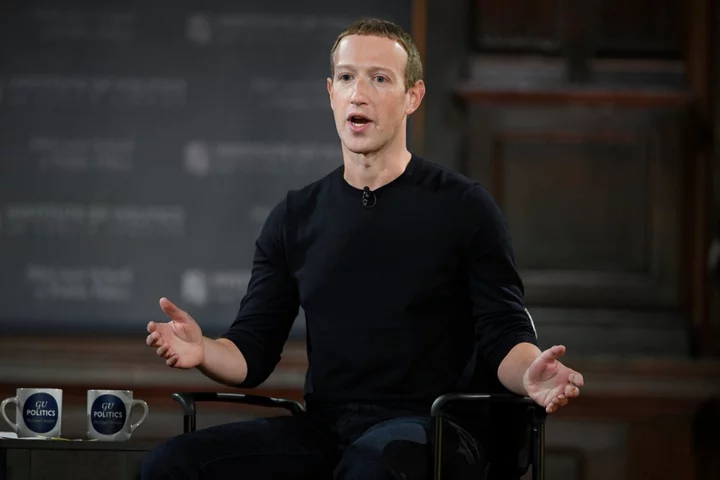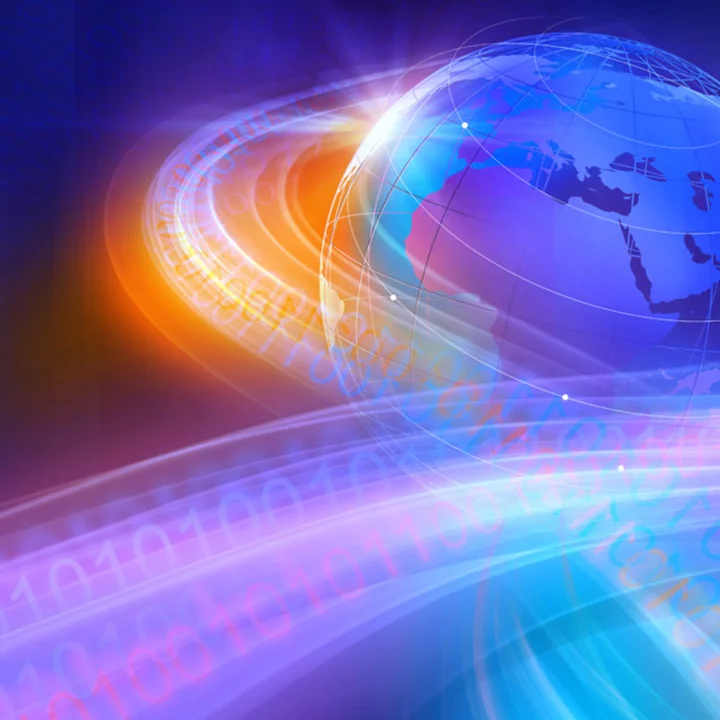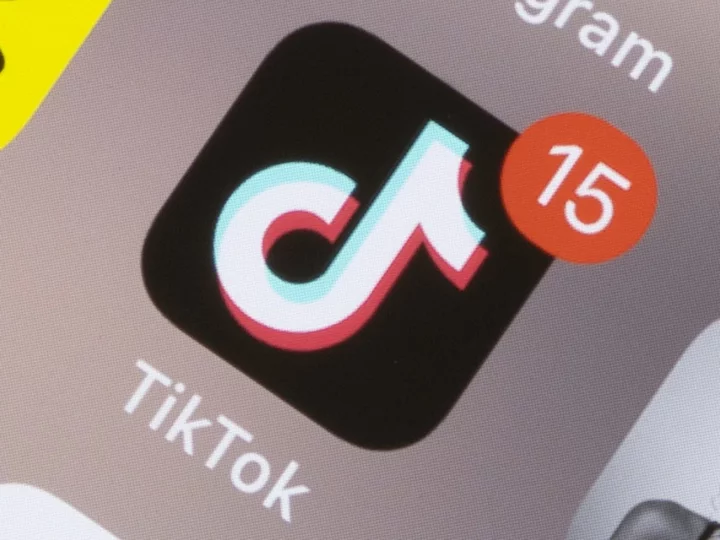
Eyas™ Medical Imaging Brings State-of-the-Art MRI to NICUs, Revolutionizing Access for Fragile Newborns
CINCINNATI--(BUSINESS WIRE)--Jul 12, 2023--
2023-07-12 20:24

Mark Zuckerberg accused of hypocrisy for shielding his children’s faces in 4th of July Instagram post
Mark Zuckerberg is being criticised by some for perceived hypocrisy, after the Facebook co-founder posted a 4th of July photo of his family but obscured the faces of his daughters. To celebrate Independence Day, the tech billionaire posted on one of the tech platforms he oversees, Instagram, sharing a photo of himself, his wife Priscilla Chan, and their three daughters, Aurelia, Maxima, and August. “Happy July 4th!” the caption on the post reads. “Lots to be grateful for this year. As the big girls get older, I love talking to them about why America is so great. Looking forward to discussing with little Aurelia soon too.” The post was met with mixed reactions, with some arguing it was hypocritical for Zuckerberg to seek to protect the privacy of his children, when Facebook and Instagram have been accused of violating people’s privacy in the past. One of the top comments on the photo came from an Instagram user who argued, “Even Zuck doesn’t trust his platforms to put his kids faces up.” Many agreed. As Shanon Palus wrote in Slate, “I almost feel some schadenfreude imagining Zuckerberg also agonizing over being public or private on social media. After all, he got us into this mess!” “Fascinated by Zuck’s choice to not have his kids’ faces on his social media platform,” added Bloomberg reporter Reyhan Harmanci in a post on Twitter. Zuckerberg companies have faced multiple high-profile settlements surrounding privacy in recent months. In May, the Federal Trade Commission accused Facebook of violating a 2020 order and misleading parents about their ability to control whom their children communicated with on the Messenger Kids app, as well as misrepresenting what kind of access developers had to private user data. “Facebook has repeatedly violated its privacy promises,” Samuel Levine, director of the FTC’s Bureau of Consumer Protection, told The Associated Press at the time. “The company’s recklessness has put young users at risk, and Facebook needs to answer for its failures.” Meta has said the FTC is incorrect and it will “vigorously fight” the allegations. That same month, the European Union fined Meta $1.3bn for transferring user data to the US, which the body said didn’t sufficiently protect users from US spy agencies. Meta has said it will appeal the fine. In 2022, the company paid $725m to settle a lawsuit alleging Facebook allowed millions of users’ personal data to be fed without consent to Cambridge Analytica, a firm which supported Donald Trump’s 2016 presidential campaign. Prior to that, the FTC fined the company $5bn for privacy violations and mishandling user data. The Independent has contacted Meta for comment. Read More Twitter threatens legal action against Meta over new ‘Threads’ app Mark Zuckerberg trolls Elon Musk by posting Spider-Man meme on Twitter after launching rival Threads What is Threads? All your questions about Meta's new Twitter rival, answered. Twitter threatens legal action against Meta over new ‘Threads’ app What is Threads? All your questions about Meta's new Twitter rival, answered. Mark Zuckerberg trolls Elon Musk with Spider-Man meme after launching Twitter rival
2023-07-07 08:51

Montana governor signs bill banning TikTok in state
WASHINGTON (Reuters) -Montana Governor Greg Gianforte on Wednesday signed legislation to ban the Chinese-owned short video app TikTok from operating
2023-05-18 05:52

College students struggling with hunger face potential loss of food stamp benefits
Many college students who are struggling with hunger are facing the potential loss of food stamp benefits that were boosted in the pandemic
2023-07-16 19:21

Amazon Prime Day sales rise as deep discounts tempt inflation-hit shoppers
By Ananya Mariam Rajesh, Granth Vanaik and Arriana McLymore (Reuters) -Amazon.com's Prime Day two-day shopping event saw U.S. online sales
2023-07-13 02:59

Lara Croft voted UK's most iconic female gaming hero
'Tomb Raider' protagonist Lara Croft is the top female gaming hero in the UK.
2023-05-09 20:27

Circle Says $1 Billion in Cash Serves as Buffer While Market Share Declines
Circle Internet Financial is counting on a more than $1 billion cash cushion to help weather fresh competition
2023-08-10 21:47

Google faces £7 bn claim on behalf of UK consumers
Google is facing a new lawsuit in Britain, which accuses the US tech giant of stifling competition in the search engine market and causing prices to rise across the...
2023-09-07 20:50

The British Economy Looks Ugly. Investors, Now’s the Time to Strike.
U.K. companies are trading at about a 20% discount to global peers, according to Charles Luke, an investment manager at Murray Income Trust. That gives them scope to catch up.
2023-07-24 12:29

Musk removes giant, flashing X sign after furore
The company formerly known as Twitter removed a towering, blinking X from atop its San Francisco headquarters Monday after the rebranded tech firm tangled with...
2023-08-01 08:19

Gmail's new AI feature will soon write entire emails for you, Google announces
Gmail will soon have a feature that will write entire emails for you using AI,
2023-05-11 01:46

Bosch Unveils Next Generation Dishwasher Line With Industry Leading Technology That Helps End the Great Loading Debate
IRVINE, Calif.--(BUSINESS WIRE)--Jul 14, 2023--
2023-07-14 23:20
You Might Like...

Emory’s Goizueta Business School Launches Graduate Business Degree for Veterans & Active-Duty Military

You can now get two years of free Grubhub+ with the purchase of Amazon Prime

Disney+ launches cheaper subscription with ads

'Tears of the Kingdom': Is the most popular game bringing back dungeons?

TikTok takes on Elon Musk’s X with text-only posts

KSI addresses Jake Paul's victory over UFC legend Nate Diaz: 'performance was terrible'

Tekion’s Automotive Retail Cloud Now a Strategic DMS Partner With Hyundai Auto Canada

Cabinet approves Irish involvement in cyber-threat network
